but I missed out something pretty fundamental.
What on earth is modulation?
Modulation is a way of transmitting information using another medium.
another medium in controlled in such a way that information is then contained on that medium.
If you consider a piece of fibre optic glass, in those little fibre optic Christmas trees it's just light you see, but if you turn that light on and off really fast, or very the intensity of that light then you are modulating that light. if you do it in a set pattern then you are modulating information onto that light.
When talking about modulation you must always think that there is an encoder segment to the system, and a decoder.
When you think of radio, the radio station has the encoder, where they modulate the data onto a radio wave, this modulated wave is the send to the transmitter.The modulated radio wave is then received by your antenna, and the circuit goes to your receiver when it is demodulated.
The simplest form of modulation when thinking of radio is AM, that is amplitude modulation of a radio wave.
This is the simplest type of modulation to create, and the simplest type to receive and demodulate also.
AM Modulation
You start with two wave forms, we're thinking of radio right now so we're thinking of audio data, but it could just as easily be digital data.
The first wave form is your audio/data wave form, in this example this is a sine wave.
The second wave form is your radio frequency wave, this has a frequency much greater than your audio waveform.
The first part is the encoding, what we do here is alter the amplitude of the radio wave such that the radio wave now looks a bit like the audio wave.
You can see that the radio frequency wave now has the basic shape or envelope of the audio wave.
This is the wave that it transmitted from the radio tower. This is the wave that is received by your radio.
After receiving the broadcast signal the first thins that your radio receiver will do is "chop" out half the signal so that only the positive half cycles of the broadcast signal remain.
Then the radio will filter out the higher frequency radio waves leaving only the audio waves.
You can now see how data of a very very very low frequency, (Audio) can be transmitted using a much higher radio wave frequency. received and decoded from the carrier wave. the carrier wave that has been modulated.
So back to the original topic at hand, Modulation.
Modulation is a term used to describe the changing of the characteristics of a waveform in order to impart or modulate information onto that wave form.
The above example looked at amplitude modulation.
Another popular radio modulation scheme is frequency modulation.
FM Modulation
For frequency modulation the frequency of the carrier wave is altered depending on the information modulated onto it.
Looking at the audio wave, as the audio wave rises the frequency modulated radio wave increases, as the audio wave descends into a trough the frequency of the modulated radio carrier wave decreases.
PWM
A form of modulation that I discussed before was Pulse width modulation, here audio data in imparted as pulses in a signal.
so in the case of the audio signal above, as the information wave form peaks, the pulse widths increase, as the wave falls the pulse widths decrease.
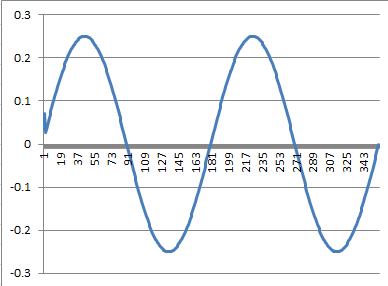
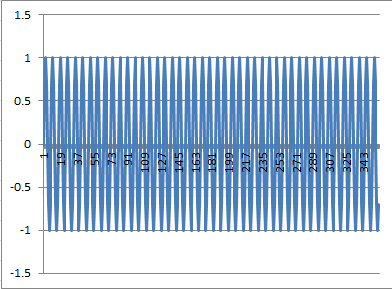
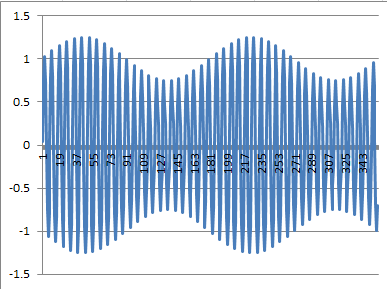
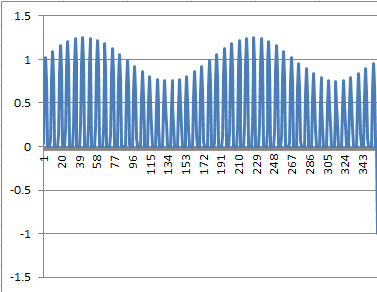
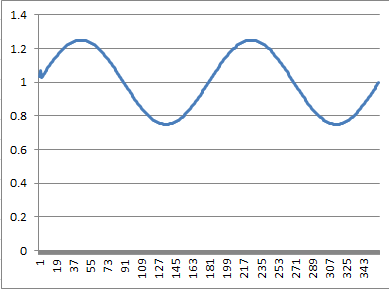
No comments:
Post a Comment